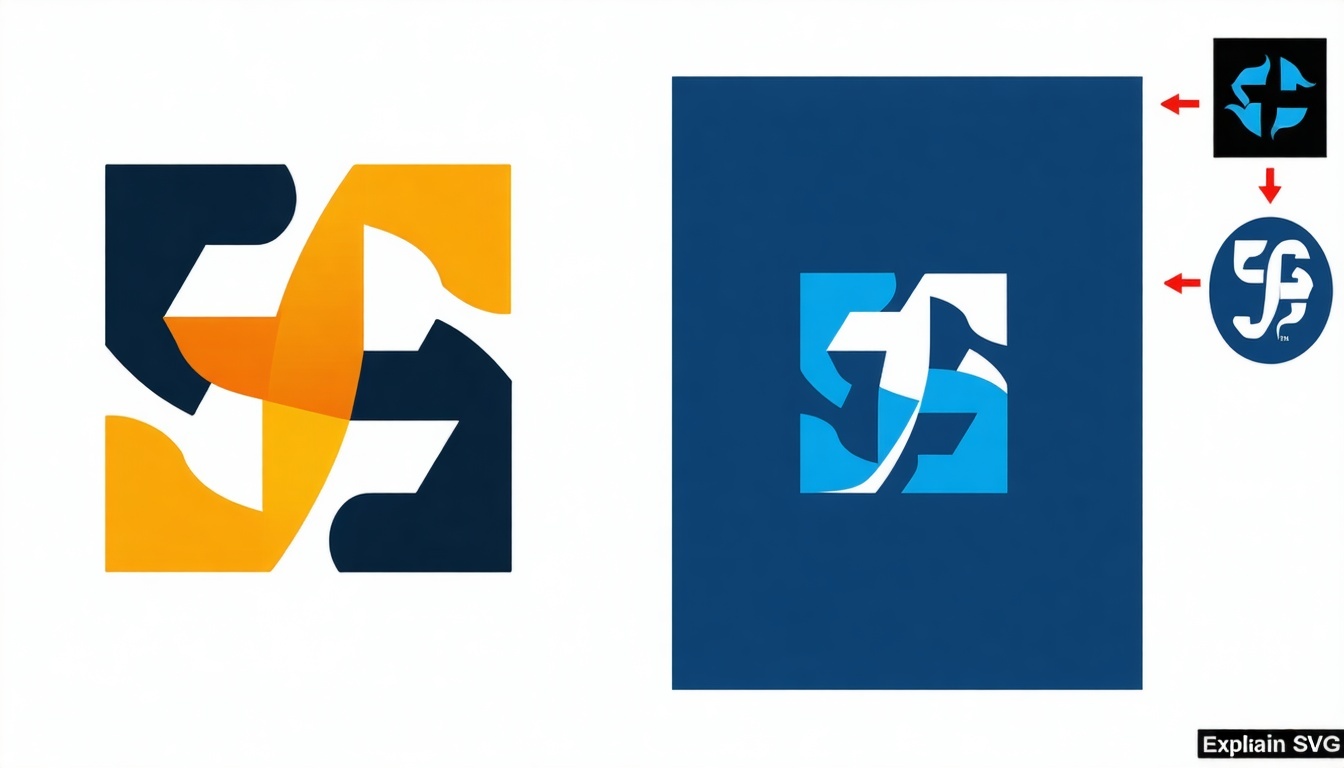
SPF Records Explained: Why They Matter for BIMI and How to Optimize Them
Why SPF Is Essential for BIMI
Sender Policy Framework (SPF) is a foundational email authentication protocol that tells mail servers which servers are authorized to send emails on your behalf. For BIMI (Brand Indicators for Message Identification) to display your logo in inboxes, SPF must be properly configured and pass authentication checks. Without a valid SPF record, even a perfect logo and Verified Mark Certificate (VMC) won’t get your brand past the inbox gatekeepers-your logo simply won’t appear. SPF does more than just enable BIMI. It prevents unauthorized senders from impersonating your domain, protecting your brand from phishing and spam4. If SPF fails, the chain of trust needed for BIMI breaks instantly, blocking your logo and undermining your email reputation.
How SPF Works Behind the Scenes
- Authorization: SPF records, published in your DNS, list all servers allowed to send emails for your domain. When an email is received, the server checks the SPF record to verify the sender’s legitimacy.
- First Checkpointt: For BIMI, SPF is the first basic check. If your SPF fails, the process stops-your logo won’t display, even if everything else is correct.
- Works with DMARCt: BIMI requires DMARC enforcement, which in turn relies on SPF (or DKIM) alignment. If SPF isn’t set up or fails, DMARC fails, and so does BIMI..
Optimizing Your SPF Record for BIMI Success
A misconfigured or bloated SPF record can lead to authentication failures, preventing your logo from appearing and harming deliverability. Follow these best practices for optimization:
- List All Authorized Senderst: Include every server and third-party service (e.g., marketing platforms, CRMs) that sends email for your domain.
- Remove Obsolete or Duplicate Sources: Regularly audit and clean your SPF record to remove unused or duplicate entries.
- Limit 'include' Mechanisms: Each 'include' counts as a DNS lookup-exceeding 10 lookups breaks SPF. Use IP4/IP6 mechanisms where possible and consolidate services to stay under the limit..
- Order by Importance: Place the most critical or frequently used sources at the start of your record for clarity and troubleshooting.
- Avoid Multiple SPF Records:Only one SPF record per domain is allowed; duplicates cause failures.
- SPF Flattening:: Consider flattening your SPF record to reduce DNS lookups, but be aware of the maintenance required if your providers change IPs.
- Use Validation Tools: Leverage SPF record generators and validators to check for syntax errors and optimize your setup.
Common SPF Pitfalls and How to Avoid Them
- Exceeding the 10 DNS Lookup Limit: Too many 'include', 'mx', or 'a' mechanisms can break SPF. Flatten your record or reduce includes to avoid this.
- Outdated Records: Third-party services often change their sending IPs. Review and update your SPF record regularly to keep it current.
- Syntax Errors: Even a small typo can invalidate your SPF record. Always validate before publishing.
SPF, DKIM, and DMARC-A Complete BIMI Foundation
Need help optimizing your SPF record for BIMI?
Explore our FAQ on Why DMARC Enforcement Is the Foundation of Successful BIMI Deployment to learn more about the authentication chain.
- SPF is the first checkpoint: Without it, your BIMI logo won’t display-no matter how good your branding is.
- Optimize for deliverability: Clean, efficient SPF records keep your emails-and your brand-trusted and visible.
- Stay under 10 lookups: Exceeding this limit breaks SPF and stops your logo from reaching inboxes.



